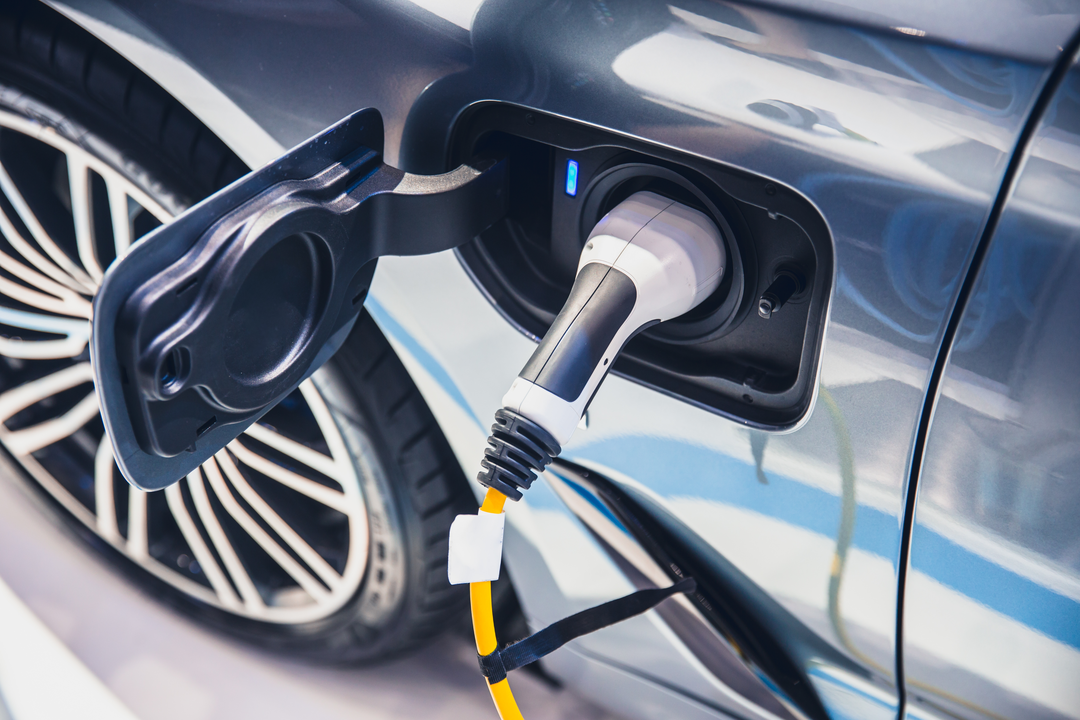Sales of electric vehicles in the United States reached an all-time high during the second quarter of 2023, with approximately 290,000 units sold. This notable increase can be attributed to various factors including government incentives such as tax credits offered for certain vehicle models.
Electric vehicles possess a greater level of environmental friendliness compared to internal combustion engine vehicles due to their lack of emissions such as nitrogen oxide and carbon monoxide. The incorporation of electric vehicles into the transportation sector aligns with the goal of green technology to “reduce the environmental footprint of human activities”.
Although electric vehicles are a cleaner alternative to internal combustion engine vehicles, the process of charging their batteries consumes a considerable amount of energy from the power grid. As a result, it becomes necessary to implement load management schemes in order to achieve equilibrium between electricity demand and supply.
Existing load management strategies often overlook the impact of significant power consumers such as electric vehicle batteries. With the rise of electric vehicles, there’s an urgent need for innovative strategies to balance electrical loads that take into account these substantial demands. This article explores two advanced grid power management solutions which prioritize efficient utilization of electric vehicle batteries as part of load optimization efforts.
EverCharge | Smart load management apparatus and system for houses and buildings with solar system installations
The power required for charging an electric vehicle battery can vary depending on the charging method. It has been found that this power level can reach up to 7,200 watts, which is considerably higher than what is typically consumed by household appliances like refrigerators and water heaters. To meet this energy demand, the electrical grid plays a crucial role as it connects households to a network of power plants and distribution lines.
In conjunction with traditional grid-based electricity, certain households are furnished with a solar energy system to fulfill their domestic appliance power requirements. A typical solar energy system comprises an array of photovoltaic panels that are linked to electrical appliances through an inverter. In theory, the solar energy system harnesses sunlight and transforms it into usable electricity, thereby providing power for home appliances or even contributing excess electricity back to the main grid. Consequently, this alleviates strain on the grid by reducing its overall demand for energy consumption.
If there is a malfunction in a solar energy system, the electrical appliances connected to it will start drawing power from the grid. This increased demand for grid power can potentially surpass its current capacity and lead to problems such as circuit overloads and malfunctions.
This patent proposes a computerized approach to efficiently manage power distribution in various settings, including homes, buildings, and systems with electric vehicles and solar energy systems. The method involves continuously monitoring the electricity drawn from the grid, particularly for charging electric vehicle batteries. Additionally, it calculates the available power based on current consumption. To prevent overloading the system’s capacity, an intelligent control system implements measures like load shedding to balance power demand effectively.
U.S. Patent No. 11,728,648 was filed on November 22, 2021 and granted on August 15, 2023 to EverCharge Inc.
EnergyHub | Demand response technology utilizing a simulation engine to perform thermostat-based demand response simulations
Along with charging electric vehicle batteries, water heaters and air conditioners consume a substantial amount of energy from the power grid. With such appliances relying on temperature control, a logical approach to regulate the distribution of electricity during periods of high demand is to manage the thermostats on these appliances. This method offers a more favorable alternative to load shedding, which involves completely cutting off electrical supply. Nonetheless, although this solution may be acceptable, it does impact customers’ comfort levels.
This patent proposes a computer-based method that efficiently manages energy consumption in different properties, like homes or buildings, during periods of high energy demand on the electrical grid that considers customer comfort. The method begins with collecting data about how much energy different properties are using. These properties have various devices like hot water heaters, electric vehicles, solar power systems, and more. Using this data, the energy management system creates models that represent how these properties consume energy.
When the grid operator needs to reduce the electricity load, they can send out a request to lower energy usage, known as a “demand response event.” The system then figures out which properties should participate based on their enrollment status. It uses the energy consumption models to simulate how these properties could reduce their energy usage during the event.
The energy management system aims to find the best way to cut down energy use while meeting the grid operator’s objectives. It does this by comparing the simulations with what the grid operator wants to achieve. Once it figures out the best approach, it decides on a strategy to control each property’s energy usage during the event.
One strategy may be to adjust the temperature settings or limit certain energy-hungry activities for a certain period. This ensures that energy consumption decreases in a way that aligns with the grid operator’s goals.
To make sure customers are comfortable with these changes, the system considers a “comfort objective”. This objective includes factors like how fair the energy reductions are across properties, the overall impact on the properties’ comfort, and the number of customers who prefer not to participate.
The US 11,726,506 was filed on June 23, 2021 and granted on August 15, 2023 to EnergyHub Inc.
Green technology such as electric vehicles and solar energy systems support the sustainable technology movement. More on sustainable technology in our 2023 Technology Trends Report.

